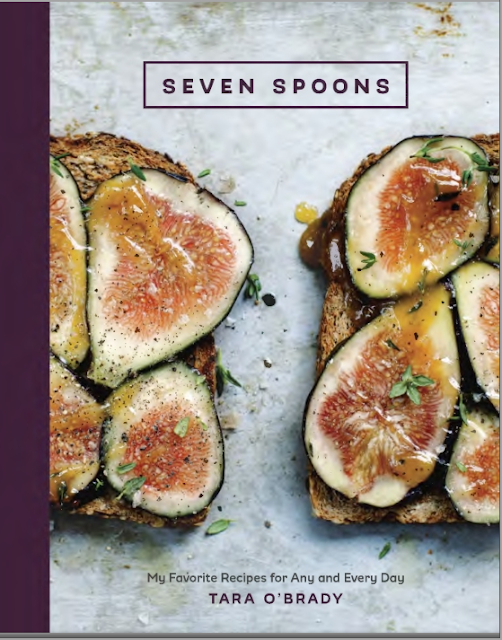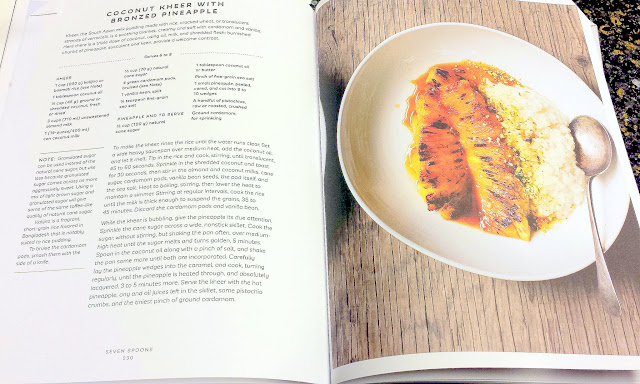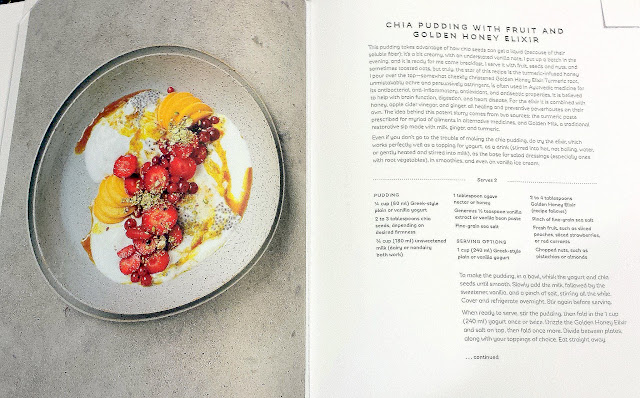My The Little Paris Bookshop review can be summed up with the following 5 points.
- This book will make you fall in love with prose again. There are many books that tell a story and it is the characters and the events that are the main attraction. The words on the page or screen are there to help communicate and serve those attractions. The author of the Little Paris bookshop, Nina George, has a way of putting together phrases and sentences that you will enjoy reading a second or third or fourth time, even though you already have the message, because of how poetically it is stated.

- Nina is adept at discerning the great range of complex emotions we live through. I love that she distinguishes and names these throughout the book via the main character Perdu. Like her protagonist, it seems Nina also wants to treat them. Perdu mentions a few of them early on –
“The feeling that washes over you when another summer nears its end. Or when you recognize that you haven’t got your whole life left to find out where you belong.”
Through various characters in the book, you will explore and feel various levels of peace, sadness, yearning, being disturbed, companionship and more with her keen observations. Even though you may not be in the exact same situation as those characters, the way she writes about them resonates within that makes you remember and contemplate yourself.
- The character and idea of this type of bookshop will make you want to visit small bookshops and wish you could find this type of bookseller who has such breadth and depth of knowledge of books that they can help you find the book for your needs. A thread that runs throughout is that books that can not only transport away from your life for a little while, but can also fill in holes in your life that are empty, even if you don’t know it, and can make you a better person. You may start questioning the types of books you normally have been choosing and now have the yearning to find these other types of books that are soul enrichment, not just entertainment or self-help/skill teaching. Now where can I find a book doctor like Perdu?
“A book is both medic and medicine at once. It makes a diagnosis as well as offering therapy.”
“He calls books freedoms. And homes too. they preserve all the good words we so seldom use.”
- Don’t be surprised if after reading this book you feel like taking a vacation to France, or at least spend some time in a small town by a river. Although the book title names Paris, at one point in the book you begin a journey through the south of France. Since I was not familiar with many of the places named, I did a Google Image search out of curiosity as I was reading. You will not be sorry if you follow my lead and I highly recommend doing this as you read. She really picked some incredibly breathtaking places, and seeing the photos helps you appreciate the journey and how the environment contributed as an important character itself to the story.
- You will want to eat some French food. First of all, they mention warm buttery croissants and fresh baguettes a lot. There are other important meals as well, varying from poaching fish in a pan while talking with a loved one and just eating it from the pan with wine, risotto with red wine on a boat (or somehow al fresco) under the stars, bohémienne de legumes and lamb cutlets with garlic flan or lavender ice cream (thankfully these are included as recipes at the back of the book), scrambled eggs with truffles, mussels in a herb and cream sauce with a view of the ocean. This isn’t a book about food. But, as seems truthful and honest, when you are traveling there will be some strong memories of moments that do involve food – and that happens in the book.


There are a couple small things that bother me about the book. For instance, how the various characters logistically afforded the lives that they lead in the book. I found the Manon Travel Diary sections sometimes too overwrought, which as a personal diary I can forgive a little but the entries ran long. It also made it harder for me to understand why Manon is held on such a high pedestal – it was one of those typical people describing a character as incredible but now showing how she deserved the praise. But, I forgave these flaws because the positives that I mentioned in my 5 points made this book more than worth the read.
If you haven’t read it yet, don’t forget to have a good croissant source in mind – I tell you, you will be craving some with coffee as you are reading passages, and this craving will repeat more than a couple times.
Have you read The Little Paris Bookshop, and if so what did you think? If you haven’t, does it sound like something you would put on your book list as a to read, why or why not? And where do you get your favorite croissant (my current faves are Gabriel’s Bakery’s cheese croissants found at the Farmer’s Market, and Nuvrei Bakery which is what is pictured above)?
Disclosure: This book was provided to me as part of the Blogging for Books program, but I will always provide my honest opinion and assessment of all products and experiences I may be given. The views and opinions expressed in this blog are entirely my own.






















